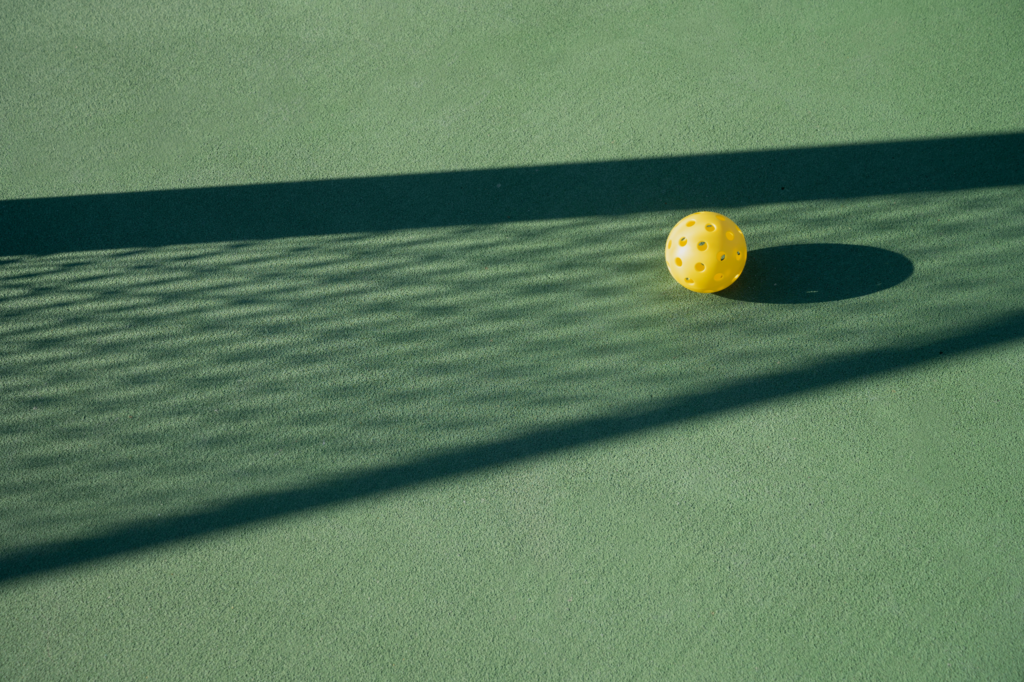
Welcome to our comparison exploring the differences between pickleball and wiffle ball! Both sports offer enjoyable recreational experiences, but they have distinct characteristics that set them apart. From equipment to gameplay style, we’ll delve into the unique features of each sport. Whether you’re a seasoned player or simply curious about these popular activities, join us as we explore the contrasts between pickleball and wiffle ball and gain a deeper understanding of what makes each one special.
Sport Popularity
Pickleball has experienced a surge in popularity over the years, becoming one of the fastest-growing sports in the United States and around the world. It has gained widespread recognition and appeal among people of various ages and skill levels. The sport’s accessibility, combining elements of tennis, badminton, and table tennis, has attracted players looking for a fun and inclusive activity. The availability of dedicated pickleball courts, organized leagues, tournaments, and professional players has further contributed to its popularity and growing community.
On the other hand, Wiffle ball maintains its popularity as a casual, backyard game enjoyed by families, friends, and communities. It is often played during social gatherings, picnics, and outdoor events, offering a relaxed and entertaining experience. The simplicity of the game, requiring minimal equipment and adaptable playing spaces, has made it accessible to people of all ages. While it may not have the same level of organized leagues or professional play as pickleball, its informal and nostalgic appeal continues to resonate with many enthusiasts.
The popularity of both sports can also vary depending on geographical location and local communities. Pickleball’s growth has been more evident in recent years, with dedicated courts being built in recreational facilities, community centers, and parks to meet the increasing demand. Meanwhile, Wiffle ball maintains its popularity as a beloved backyard game passed down through generations, often with localized rules and variations.
Overall, while pickleball has seen remarkable growth and recognition as a competitive sport, Wiffle ball remains a cherished and accessible pastime, enjoyed for its simplicity and social aspects.
Skill Requirements
In pickleball, players need to have good hand-eye coordination, quick reflexes, and agility. The game often involves fast-paced volleys, requiring players to react swiftly to the ball coming from their opponents. Precise shot placement is also essential in order to keep the ball in play and strategically maneuver it away from opponents. Furthermore, players must develop good footwork and court awareness to effectively cover their areas and respond to different shot angles.
Wiffle ball, on the other hand, places emphasis on pitching, hitting, and fielding skills. Pitchers must have control over the ball, mastering various pitches like curveballs and sliders to deceive the batters. Hitters need to adjust to the unique flight and movement of the hollow plastic ball, which can be challenging due to its aerodynamic properties. Fielders should have good reflexes and the ability to judge the trajectory of the ball, as well as the skill to make accurate throws to record outs.
Ball Differences

Wiffle ball utilizes a specific type of ball designed for the game. It is a hollow plastic ball with perforations or holes all over its surface. These holes allow air to pass through the ball, giving it unique aerodynamic properties. The lightweight nature of the ball, combined with the holes, allows pitchers to throw different types of pitches such as curves, sliders, and knuckleballs, making it challenging for batters to predict the ball’s trajectory.

Pickleball, on the other hand, uses a different type of ball. The pickleball ball is also made of plastic, but it is solid and has smaller, evenly spaced holes or perforations. These holes reduce wind resistance and give the ball a unique flight pattern, allowing players to control and maneuver it with precision during rallies. The pickleball ball is slightly heavier than the Wiffle ball, providing a good balance between speed and control during gameplay.
While both balls are made of plastic and share the common characteristic of having holes, their specific designs and characteristics cater to the distinct gameplay requirements of each sport. The Wiffle ball’s holes enable pitching techniques, while the pickleball ball’s perforations contribute to its flight and control during volleys.
Gameplay
The gameplay differences between pickleball and Wiffle ball are significant, reflecting the distinct nature of each sport.
Pickleball is played on a rectangular court with a net, similar to a small tennis court. The objective is to hit the ball over the net, aiming to keep it in play and prevent the opponents from returning it. The game typically involves volleys, where the ball must bounce once on each side before players can volley it. The non-volley zone, also known as the kitchen, imposes a restriction on players from volleying the ball within a certain area near the net. The gameplay focuses on strategic shot placement, quick reactions, and maintaining control during rallies.
Wiffle ball, on the other hand, is often played in informal settings such as backyards or open spaces. The game has a pitcher and a batter, with the pitcher attempting to strike out the batter by throwing the ball past them or inducing them to hit a fly ball or ground ball that can be caught. The batter’s objective is to make contact with the ball and reach base or score runs. The fielders aim to catch the ball or make outs by throwing it to the appropriate base. The rules and field setup can vary based on the preferences of the players, allowing for flexibility and creativity in gameplay.
Conclusion
In summary, while both pickleball and wiffle ball involve hitting a plastic ball with holes, they have different rules, equipment, and gameplay. Pickleball is a more structured sport played on a specific court with a net, using solid paddles and a ball that is slightly heavier. Wiffle ball is a casual game often played in informal settings with lightweight plastic bats and balls, and the rules and field setup can vary.